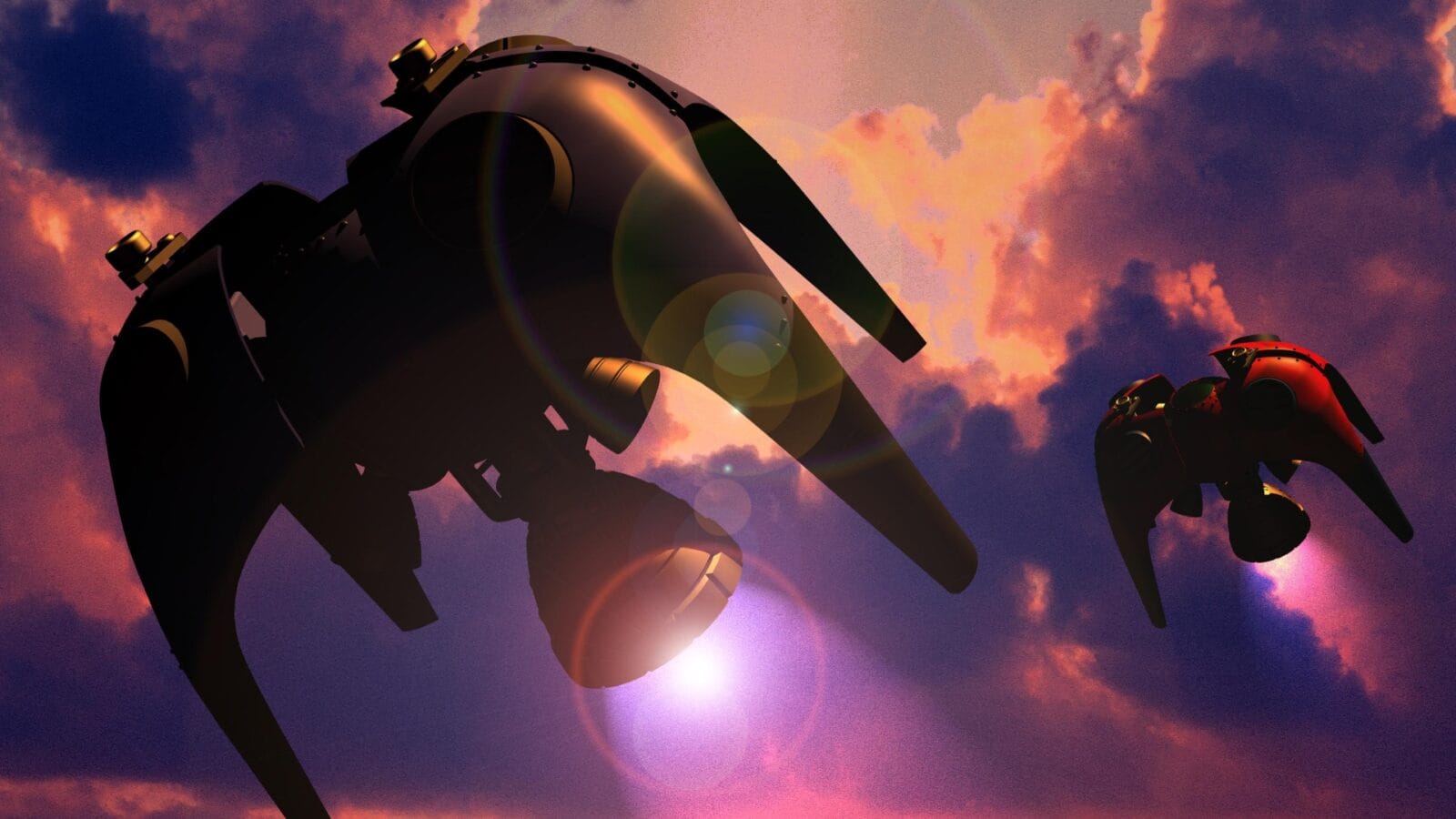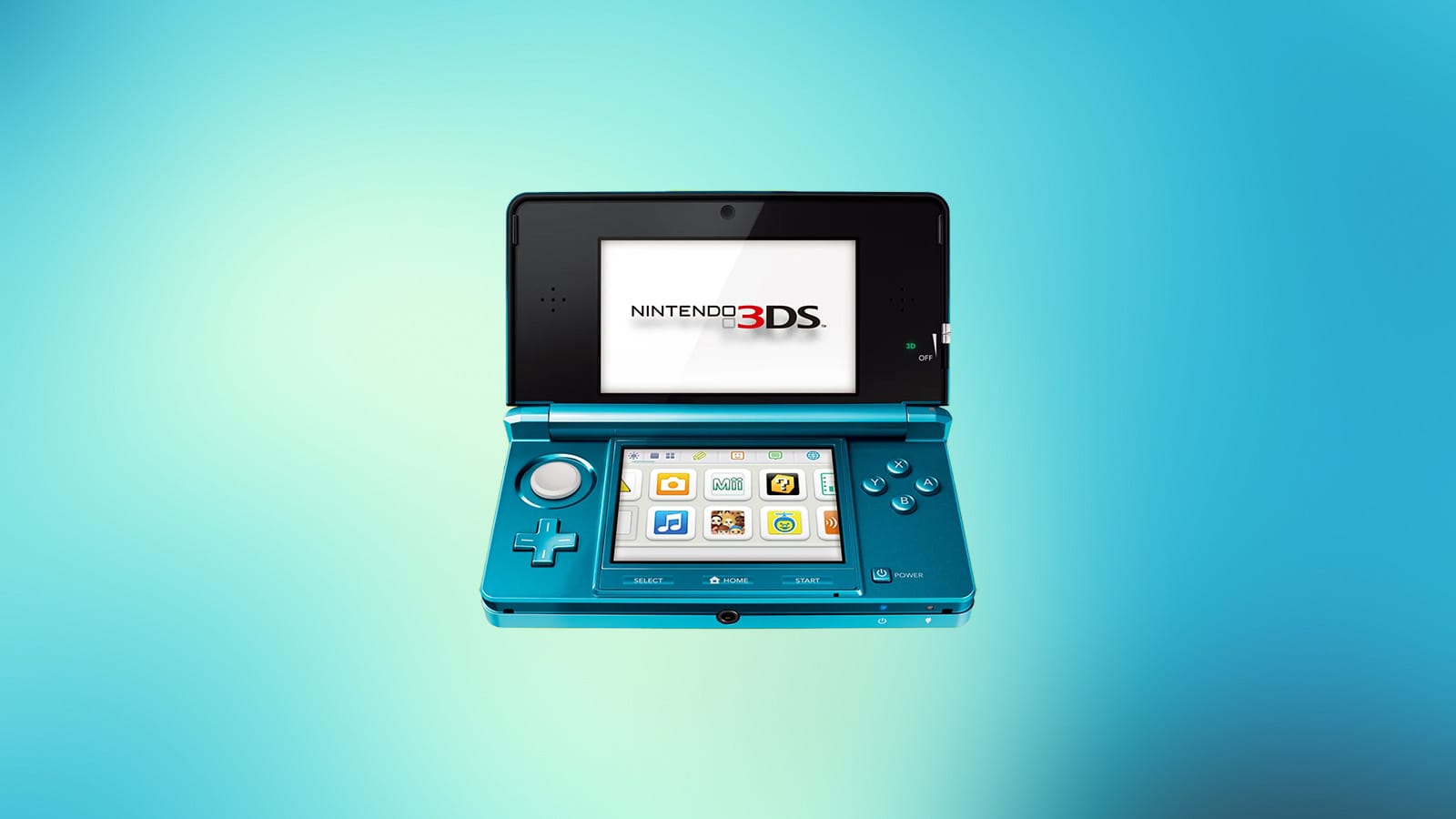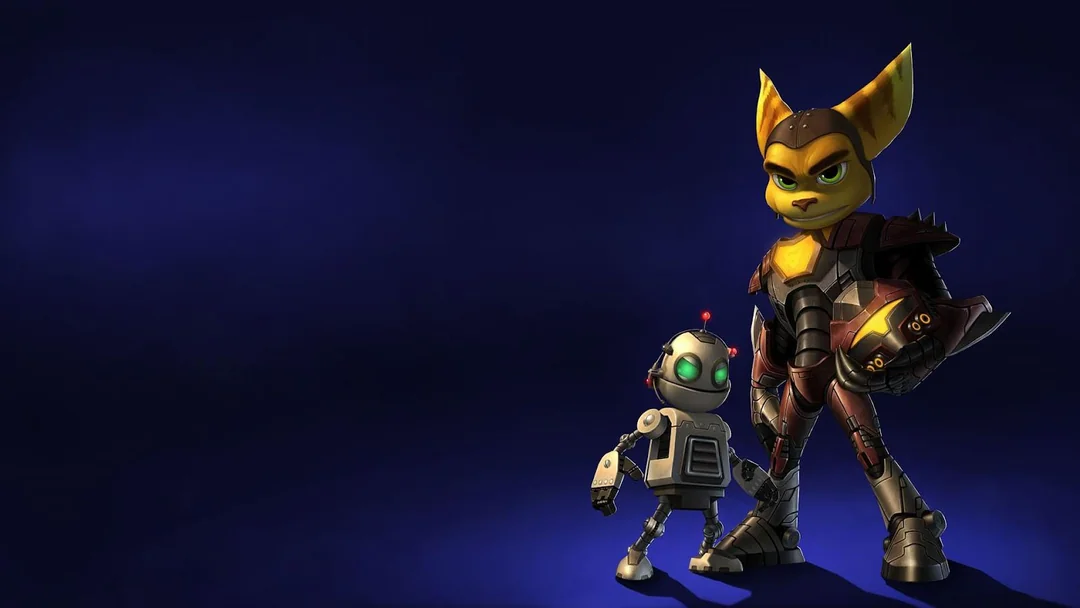In the golden twilight of 2D gaming, the Sega Saturn stood defiant. While its rivals chased polygons and cinematic flair, the Saturn became a secret sanctuary for pure, pulse-quickening arcade action—nowhere more so than in its staggering library of shoot ‘em ups. These weren’t just games. They were kaleidoscopic ballets of destruction, where laser-saturated skies and impossibly intricate bullet patterns collided with pixel-perfect reflexes.
Whether you’re a hardcore veteran or just discovering the genre, these 20 titles represent the Saturn at its absolute finest: explosive, elegant, and defiantly 2D in a 3D world.
Darius Gaiden
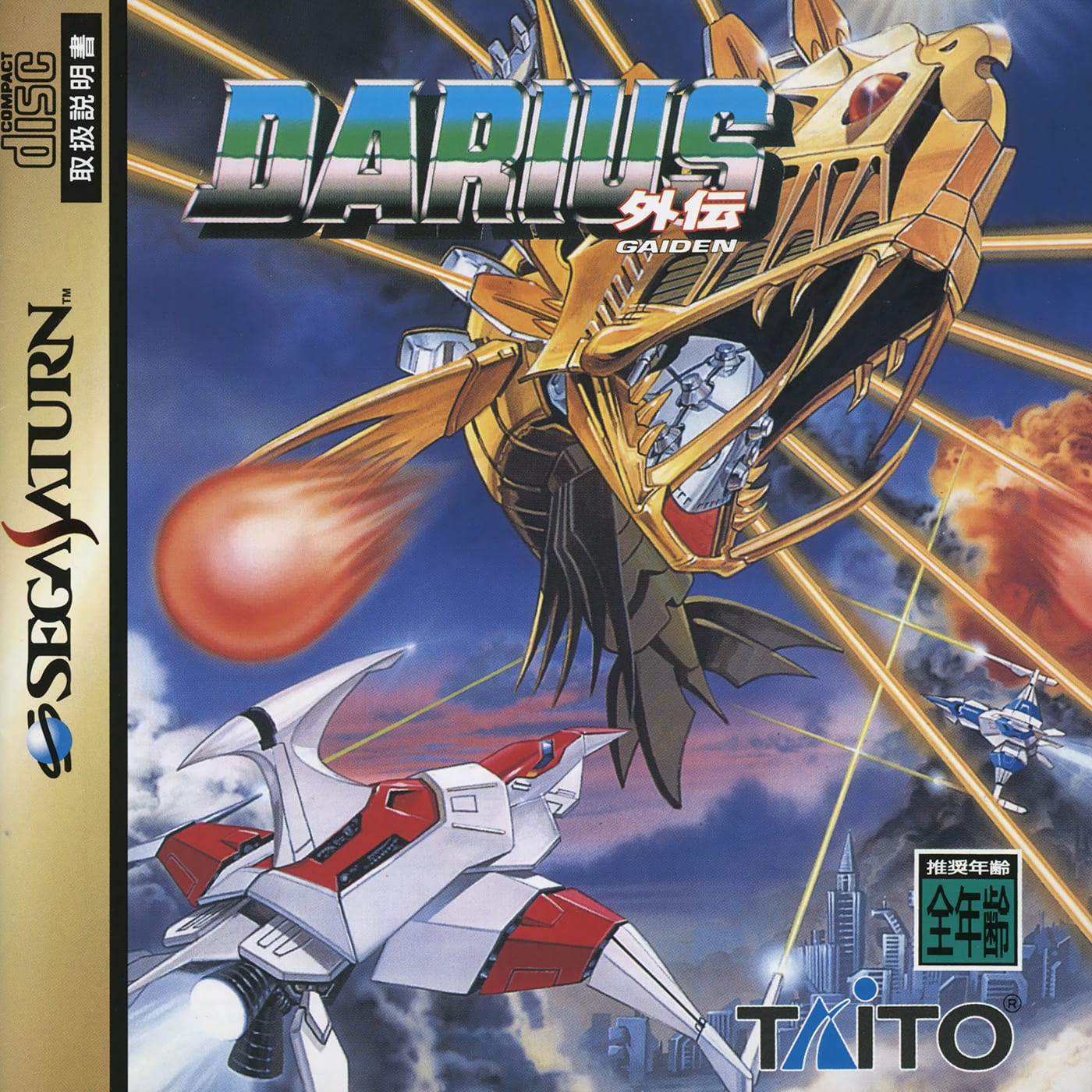
- Developer: Taito
- Release Year: 1995
Only Darius could make you fear a laser-spewing robotic anglerfish. And only Darius Gaiden could make that fear look so stunningly weird. Let’s talk bosses. These aren’t just bullet sponges—they’re gigantic, biomechanical sea creatures that roll, twist, and transform mid-battle. You’ll fight mechanized squids, twin-headed hydras, and a manta ray armed like a warship.
Why It's Worth Playing: Visually, it’s wild. Psychedelic palettes, parallax layers that never sit still, and effects that feel ripped from some forgotten prog rock album cover. Darius Gaiden doesn’t just stand out—it swims circles around the competition. It’s the kind of audiovisual bombast that sticks in your memory for decades.
DoDonPachi
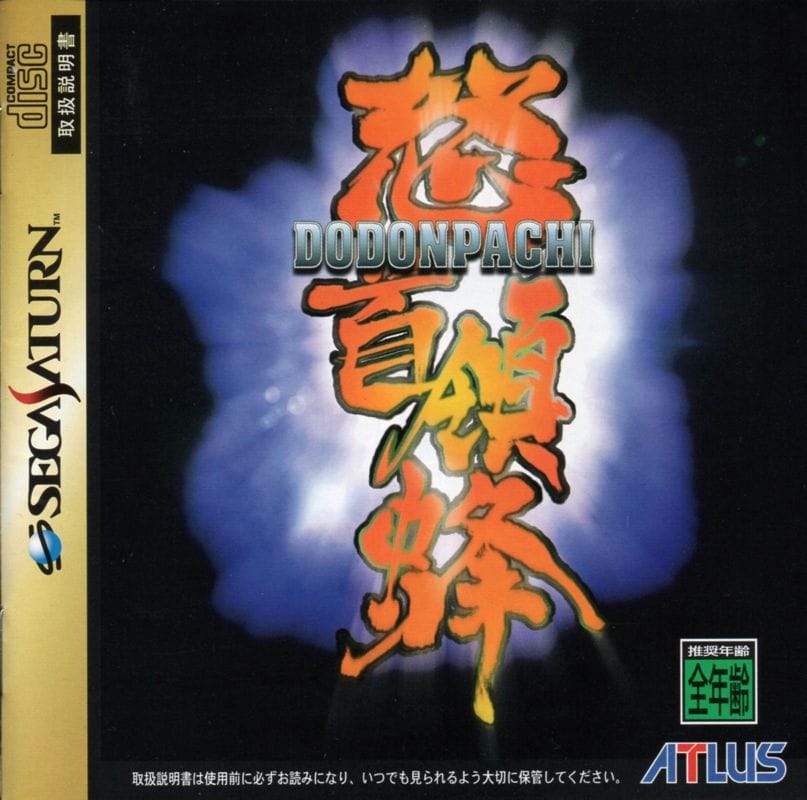
- Developer: Cave
- Release Year: 1997
Developed by Cave—masters of the maelstrom—this sequel to DonPachi didn’t just raise the bar. It vaporized it in a wall of glowing, pink-hot projectiles. The screen floods with danmaku—intricate bullet patterns that transform every level into a kinetic tapestry. Yet buried beneath the bedlam is a layer of elegance. Precision isn’t optional here. It’s everything.
Why It's Worth Playing: DoDonPachi isn’t just about survival—it’s about style. It’s a hypnotic dance of death, where breaking the chain feels like dropping the beat mid-song. This is Cave’s magnum opus in motion: brutal, beautiful, and brilliantly designed to keep you in a trance of twitch reflexes and pure adrenaline.
Radiant Silvergun
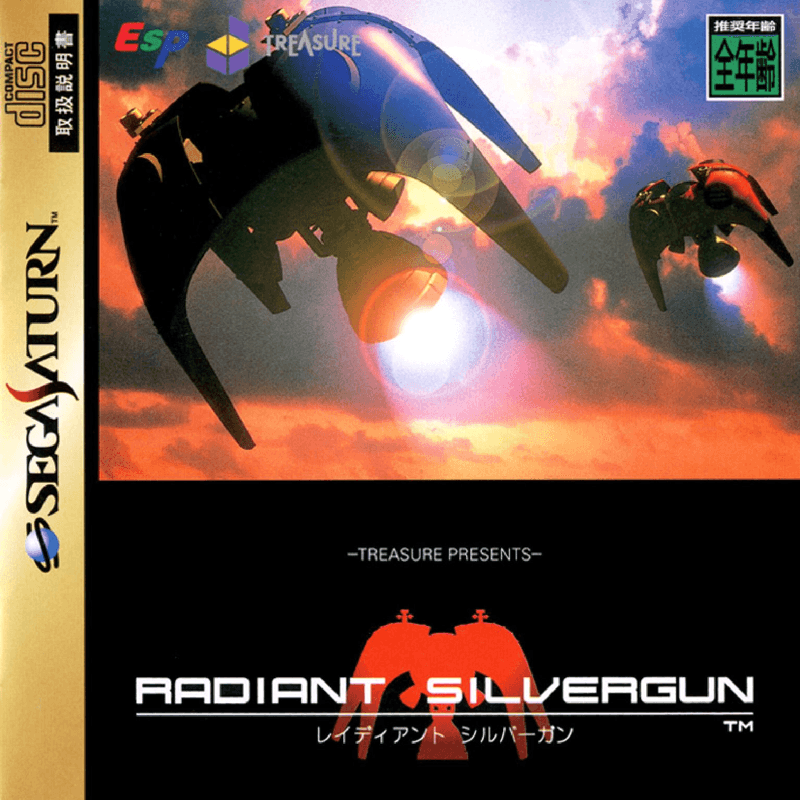
- Developer: Treasure
- Release Year: 1998
Before Ikaruga turned heads on the Dreamcast and GameCube, Radiant Silvergun was already reprogramming what a shoot ‘em up could be. Released by the eccentric wizards at Treasure, its stages unfurl like sci-fi frescoes, each encounter choreographed with balletic chaos. There’s no traditional power-up system here. Instead, you start with every weapon—seven in total—and the game challenges you to master them all from the get-go.
Why It's Worth Playing: The Saturn port isn’t just faithful—it’s a triumph. A game so ahead of its time, even modern bullet hells are still catching up. For those brave enough to dive in, Radiant Silvergun isn’t just essential—it’s revelatory.
Galactic Attack (Layer Section)
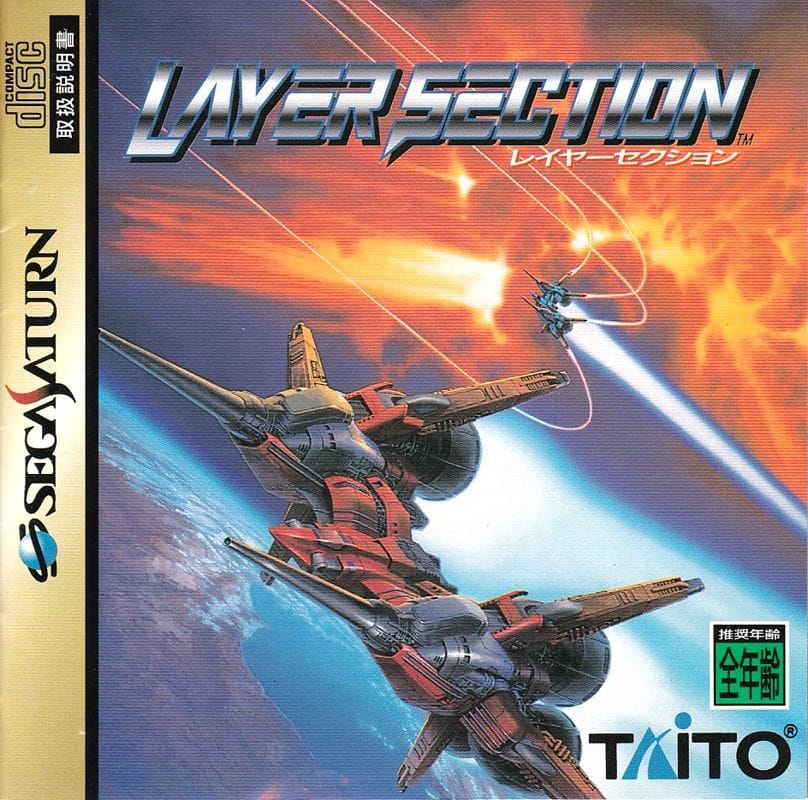
- Developer: Taito
- Release Year: 1995
Don’t let the muted name fool you—Galactic Attack (known as Layer Section in Japan) is anything but forgettable. Taito’s low-key Saturn killer app delivered a stunning blend of hypnotic visuals, precision gameplay, and an ingenious twist that set it apart from its flashier peers.
Why It's Worth Playing: This was Taito at its most forward-thinking. No gimmicks, no fluff. Just rock-solid shooting with elegant mechanics and an unforgettable vibe. It’s a sleeper hit on a system bursting with giants—and in many ways, it’s the thinking person’s shmup.
Layer Section 2 (RayStorm)
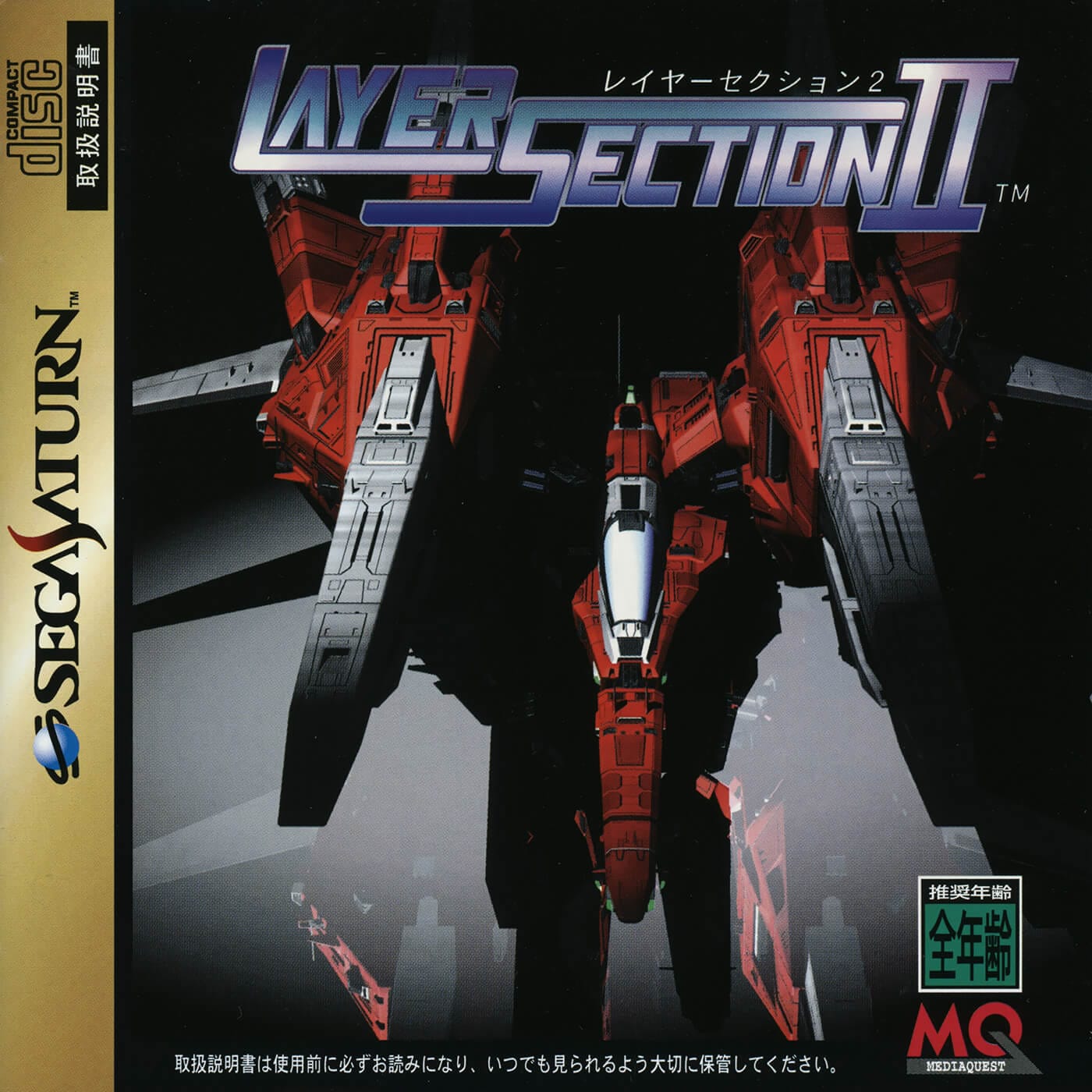
- Developer: Tose
- Release Year: 1997
If Galactic Attack laid the foundation, Layer Section 2 (also known as RayStorm) built the cathedral. It’s not just a sequel—it’s a fully realized 3D evolution. The lock-on laser system returns, now with even greater elegance. Enemy formations are denser, the pacing more kinetic, the spectacle dialed up without sacrificing clarity. And the environments? They’re pure cyberpunk opera.
Why It's Worth Playing: It’s easy to overlook Layer Section 2 in a lineup full of legendary names—but make no mistake, this is top-tier Saturn sorcery. A sequel that doesn’t just coast on past glory—it refines, reimagines, and then soars.
Battle Garegga
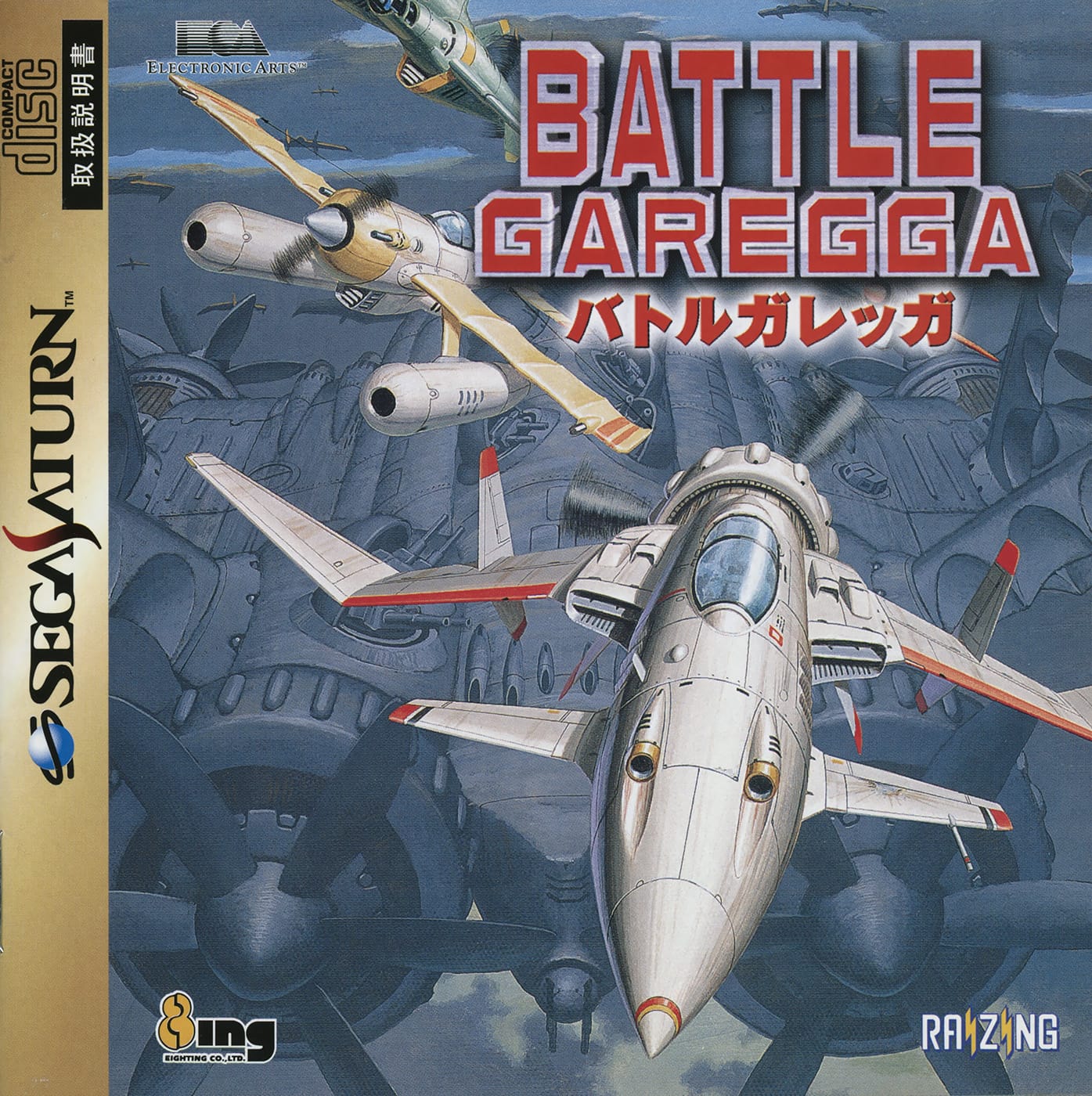
- Developer: Raizing
- Release Date: 1998
On the surface, it’s a World War II-meets-steampunk shmup that’s filled with brassy explosions and mechanical monstrosities But under the hood? It’s pure madness. The rank system—a hidden difficulty scale that adjusts based on how well you’re playing—is the stuff of legend. Use too many bombs? Collect too many power-ups? Survive for too long? The game punishes you. Mercilessly.
Why It's Worth Playing: Battle Garegga doesn’t care about your feelings, and doesn’t pat you on the back. What it does offer, though, is one of the most brutally rewarding shoot ‘em up experiences ever committed to the Sega Saturn.
Sōkyūgurentai (Terra Diver)
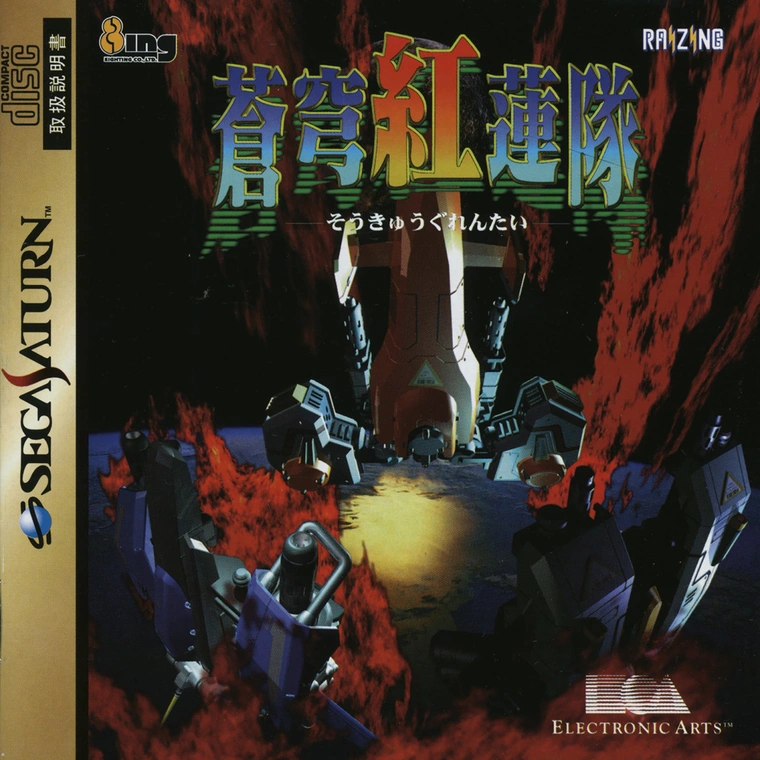
- Developer: Raizing
- Release Year: 1997
The first thing you’ll notice? Style. This isn’t your typical grunge ‘n’ grit space war. Sōkyūgurentai (also known as Terra Diver) delivers clean, angular visuals that feel like a blueprint from the future. But the real standout? Its dual-lock system. This layered targeting adds a tactile rhythm to the chaos, making each battle feel like a synchronized assault. Learn the patterns, time your locks, and you’ll melt foes before they even get a shot off.
Why It's Worth Playing: Some shooters roar. Sōkyūgurentai glides. This techno-charged gem from Raizing marries sharp sci-fi aesthetics with tight, tactical gameplay—and wraps it all in a soundtrack that slaps harder than it has any right to.
Kingdom Grandprix
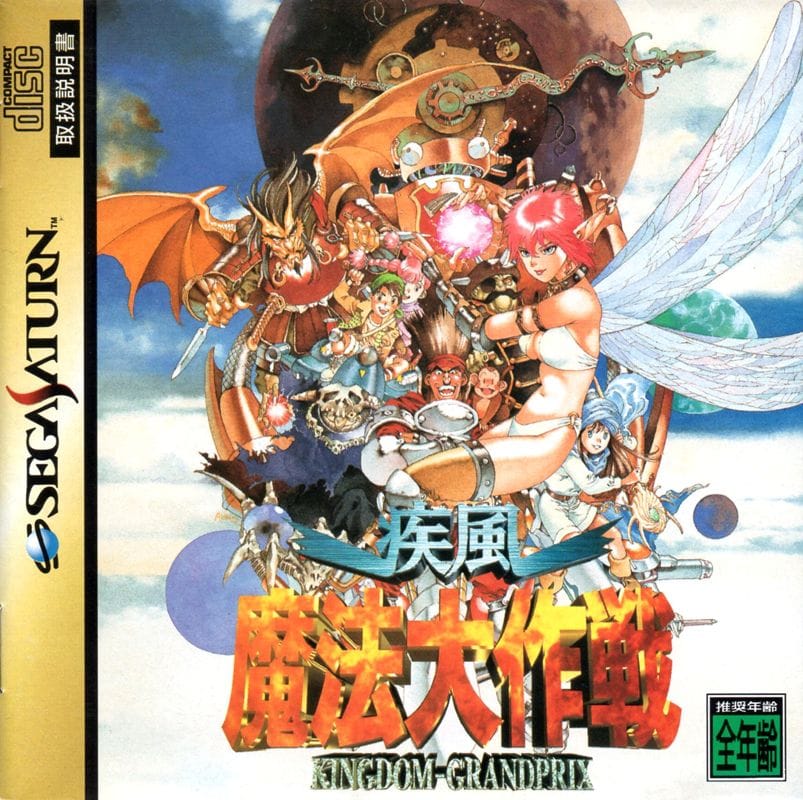
- Developer: Raizing
- Release Year: 1996
Also developed by the genre-bending minds at Raizing, this is a shmup that refuses to stay in its lane. Literally. Part vertical shooter, part high-speed racer, Kingdom Grandprix fuses twitch-reflex bullet dodging with time-attack stage progression. You’re not just surviving—you’re competing. Against the clock. Against rival riders. Against the screen-filling onslaught itself.
Why It's Worth Playing: Kingdom Grandprix doesn’t ask if you want to go fast. It straps you to a turbo-charged broomstick and hurls you through a fantasy warzone at breakneck speed—bullets, dragons, and all. Kingdom Grandprix is a genre anarchist and a wildly unique entry in the Saturn’s stacked shmup roster.
Hyper Duel
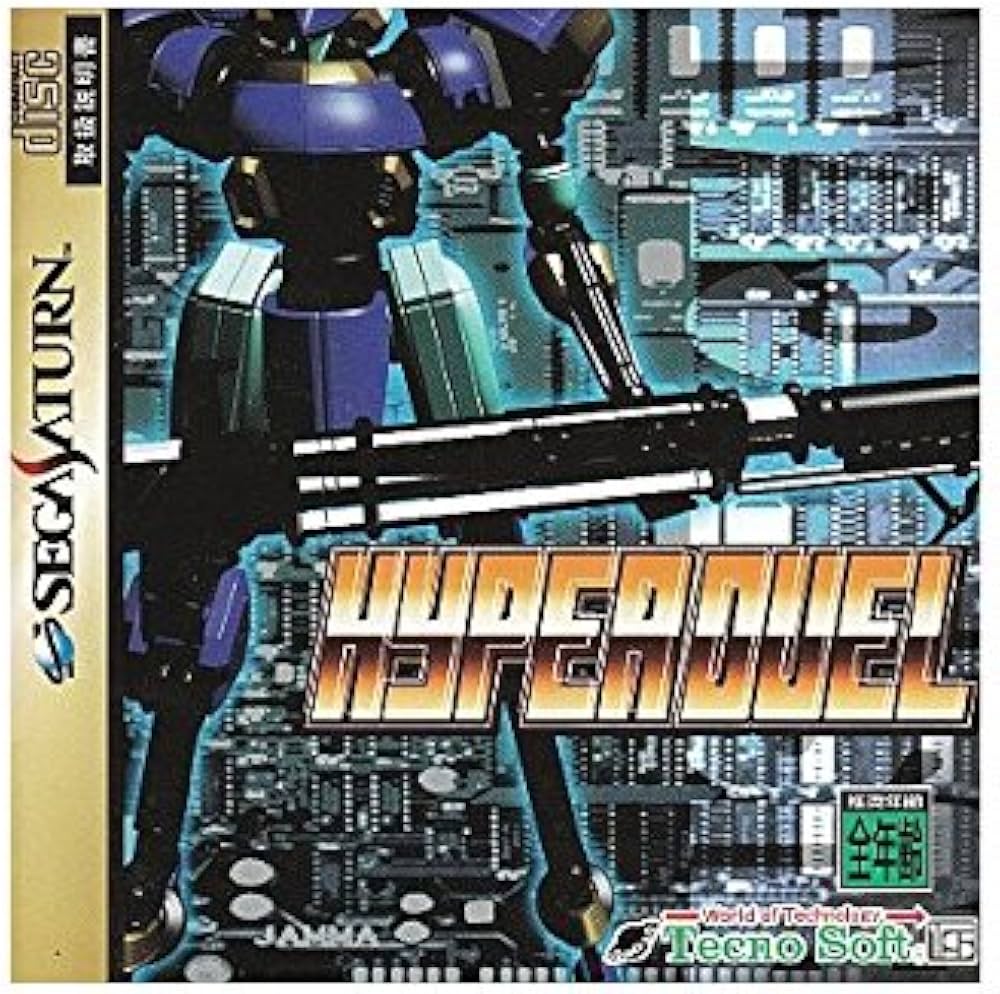
- Developer: Technosoft
- Release Year: 1996
At its core, it’s a game of duality. One button and you’re a sleek starfighter, zipping through enemy fire with nimble precision. Tap again, and you become a walking death machine—slower, but armed to the teeth and able to soak up punishment. Visually, it bleeds arcade cool. And that soundtrack? A synth-soaked assault of crunchy riffs and adrenaline loops that keeps your thumbs twitching and your blood pumping.
Why It's Worth Playing: Hyper Duel taps straight into that childhood glee of flipping a toy spaceship into a hulking mech, then weaponizing it to obliterate everything on screen. This Technosoft gem is fast, flashy, and criminally underrated—a true Saturn deep cut with cult-classic vibes.
Shienryu
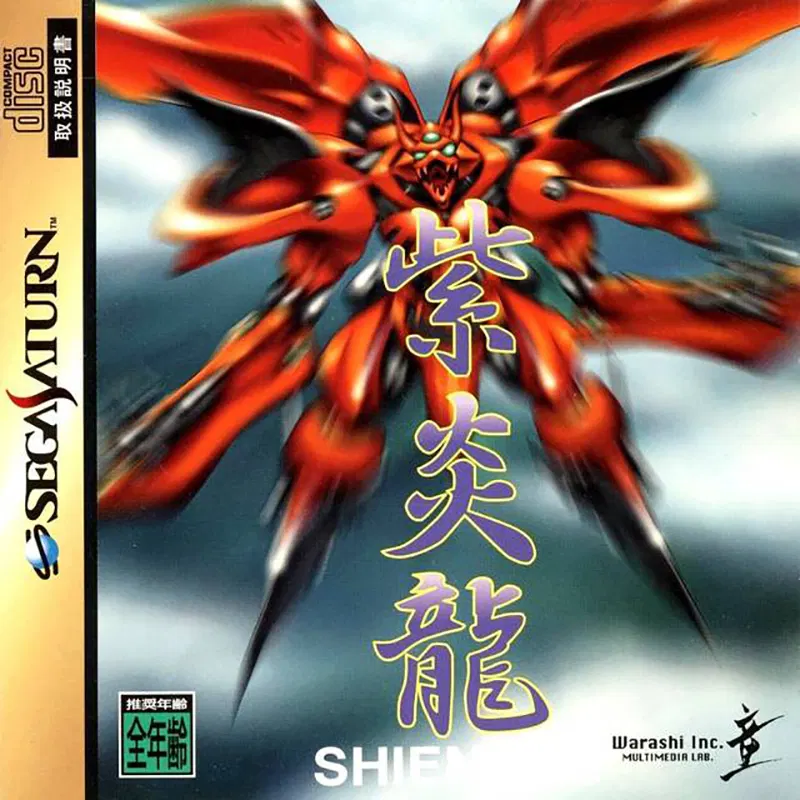
- Developer: Warashi
- Release Year: 1997
From the moment that first wave hits, Shienryu channels the spirit of Truxton, Twin Cobra, and Fire Shark like a love letter written in napalm. You’re juggling bullets, weaving between bursts, and picking off aerial threats while watching for tanks crawling in from the corners. And the presentation? Bright, fiery, and bombastic in the best possible way.
Why It's Worth Playing: This is pure, unfiltered vertical shmup energy. No gimmicks. No wild mechanical twists. Just crisp scrolling, tight hitboxes, and wave after wave of meticulously arranged enemies that test your reflexes, not your patience.
Kyukyoku Tiger II Plus
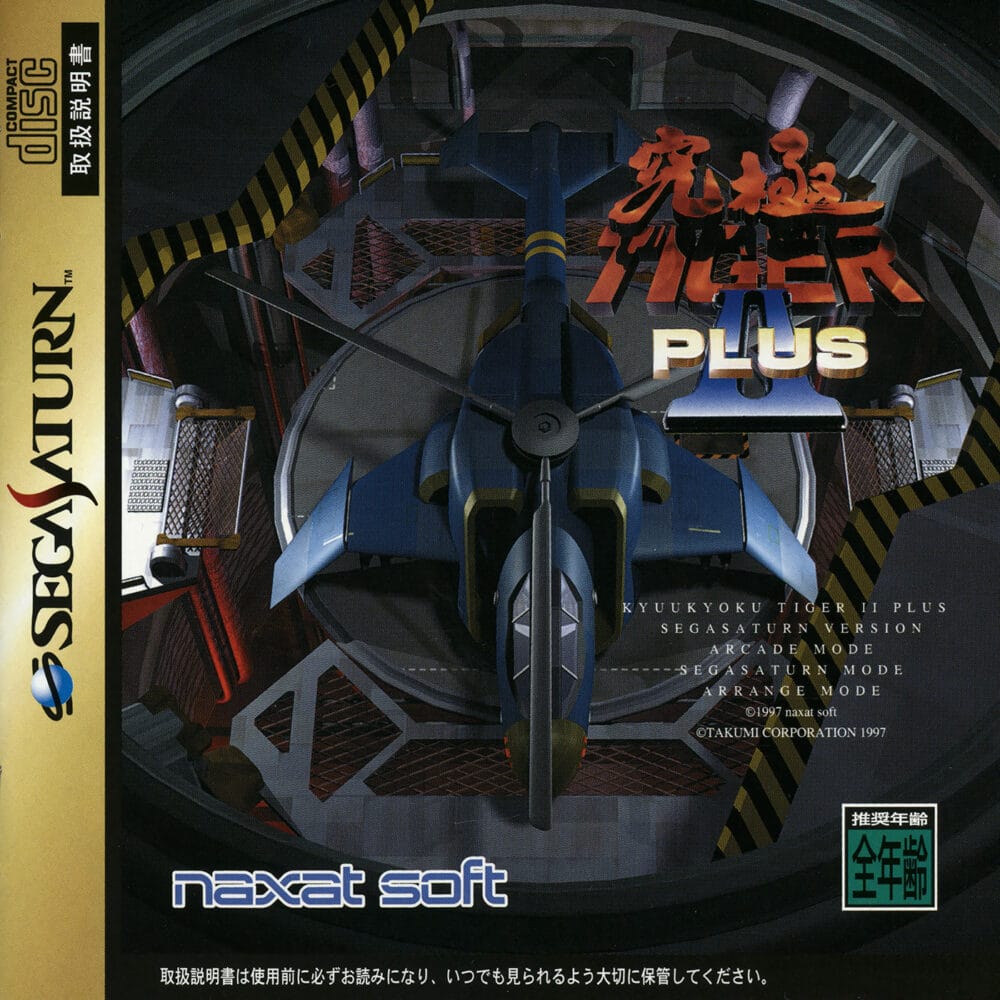
- Developer: Takumi Corporation
- Release Year: 1997
Kyukyoku Tiger II Plus (a Saturn-exclusive refinement of Twin Cobra II) isn’t a shmup that tries to charm you. It aims to crush you under a cavalcade of bullets, tanks, and unapologetically brutal enemy waves. The vertical-scrolling action is crisp and fast, each stage ratcheting the tension up with tightly-packed formations, dense fire patterns, and screen-filling boss encounters. It’s Toaplan DNA filtered through Takumi’s lenses—gritty, relentless, and borderline punishing in all the best ways.
Why It's Worth Playing: No mascots. No cutscenes. No fluff. Kyukyoku Tiger II Plus doesn’t reinvent the genre—it refines a formula of raw power and precision. For players who respect the grind and live for that one-credit-clear glory, this is essential Saturn shmup warfare.
Strikers 1945 II
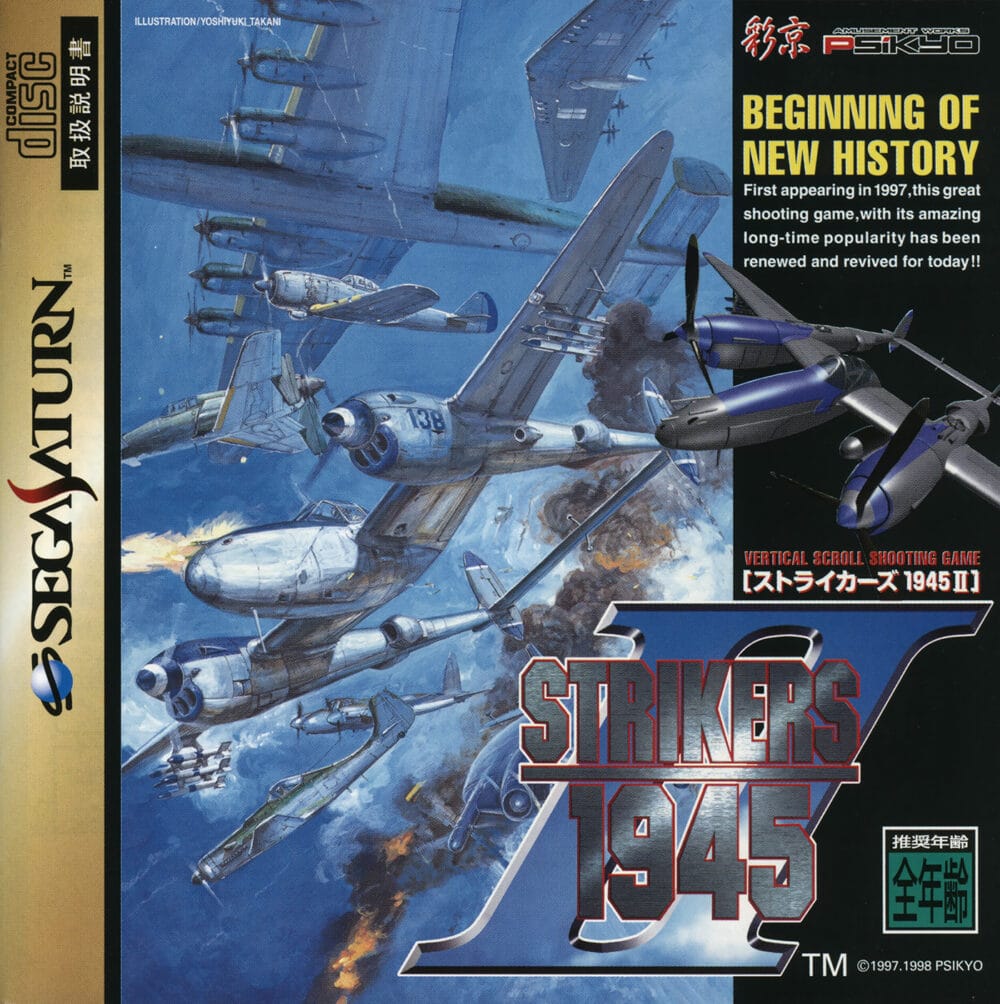
- Developer: Psikyo
- Release Year: 1998
Imagine this: you’re piloting a P-38 Lightning through a cloud-drenched sky, dodging flak, and unloading cannon fire at a battleship. So far, so historical. But wait—the battleship just stood up, sprouted legs, and turned into a laser-spewing mech feels like a boss reveal that’s straight out of Power Rangers. Welcome to Strikers 1945 II, where Psikyo rewrites the rulebook on World War dogfights with a shot of pure anime absurdity.
Why It's Worth Playing: The Saturn port? Flawless. Psikyo’s buttery-smooth mechanics made the jump from arcade to home console with zero turbulence. With tight stages and explosive bosses, Strikers 1945 II is pure pick-up-and-play perfection.
Batsugun
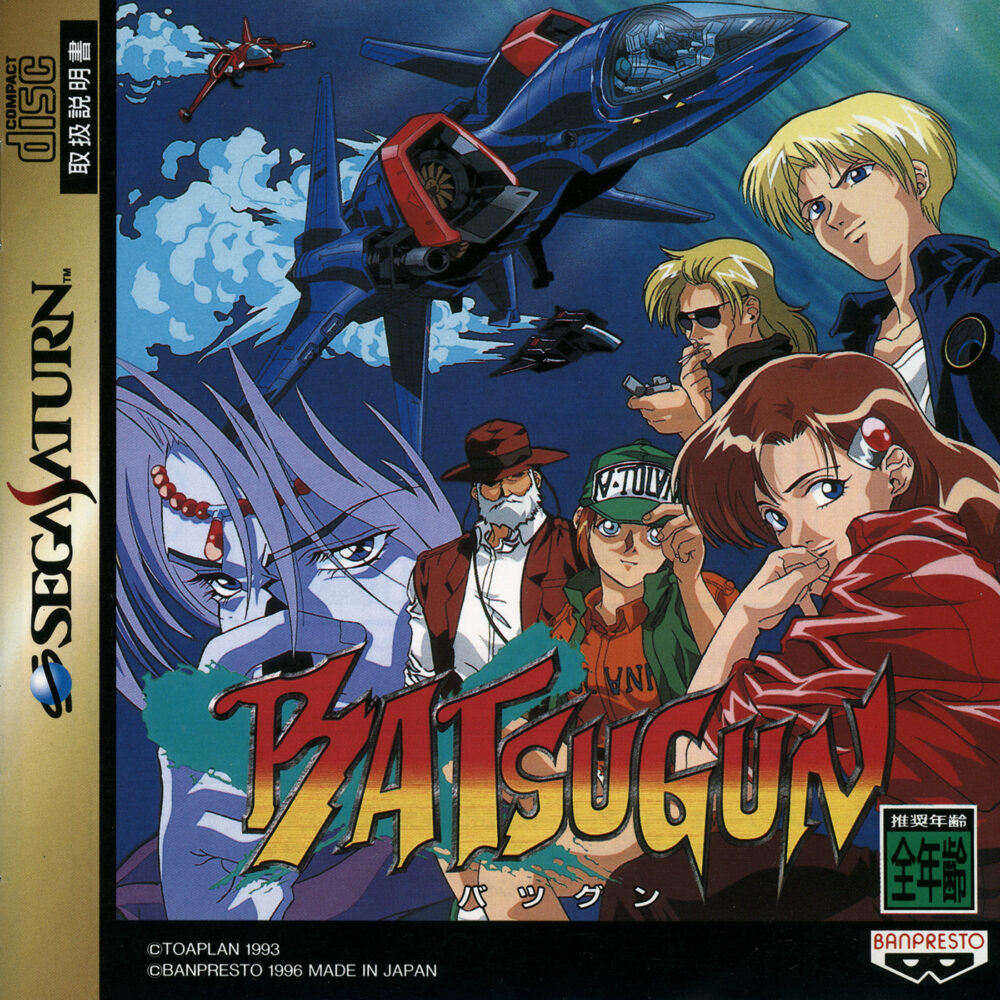
- Developer: Toaplan
- Release Year: 1996
Released in 1993 and later ported to the Sega Saturn in 1996, Batsugun is widely regarded as the proto–bullet hell. And once you see it in motion, there’s no mistaking why. Enemy patterns are denser. The screen is alive with tracer fire. Bosses unleash wave after wave of symmetrical chaos, testing your nerves with pixel-thin margins. What’s even more incredible? A micro-sized team of only six developers, including genre legends like Tsuneki Ikeda, made this game.
Why It's Worth Playing: Before DoDonPachi painted the skies in curtains of neon death, Batsugun cracked open the gates. This was Toaplan’s swan song—a bold, blinding exit that left the genre forever changed. It didn’t just push boundaries. It melted them, rewired them, and lobbed them into a kaleidoscope of bullets and brilliance. It was revolutionary. It still is.
Sonic Wings Special
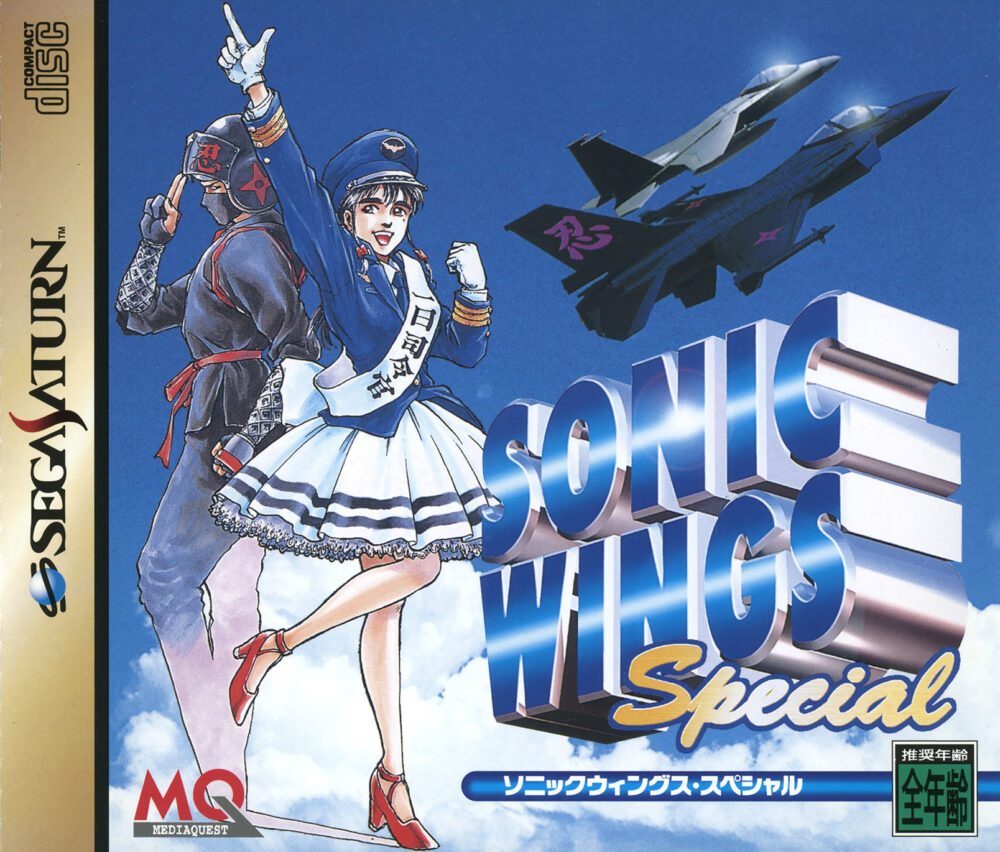
- Developer: Video System
- Release Year: 1996
Right out of the gate, the cast is bonkers in the best way. A psychic dolphin. A masked ninja pilot. A couple of KGB defectors. It’s like someone cracked open a Cold War time capsule, sprinkled in a dose of anime lunacy, and handed everyone a fighter jet. And then there are the stages. Whether you’re tearing through the Eiffel Tower or storming an Egyptian pyramid, this game practically dares you to blink.
Why It's Worth Playing: Sonic Wings Special is where the franchise pulls out all the stops and throws the kitchen sink into the sky. A high-octane, globe-trotting compilation of everything that made Aero Fighters an arcade darling—and then some. This is the definitive mash-up.
Thunder Force GP2
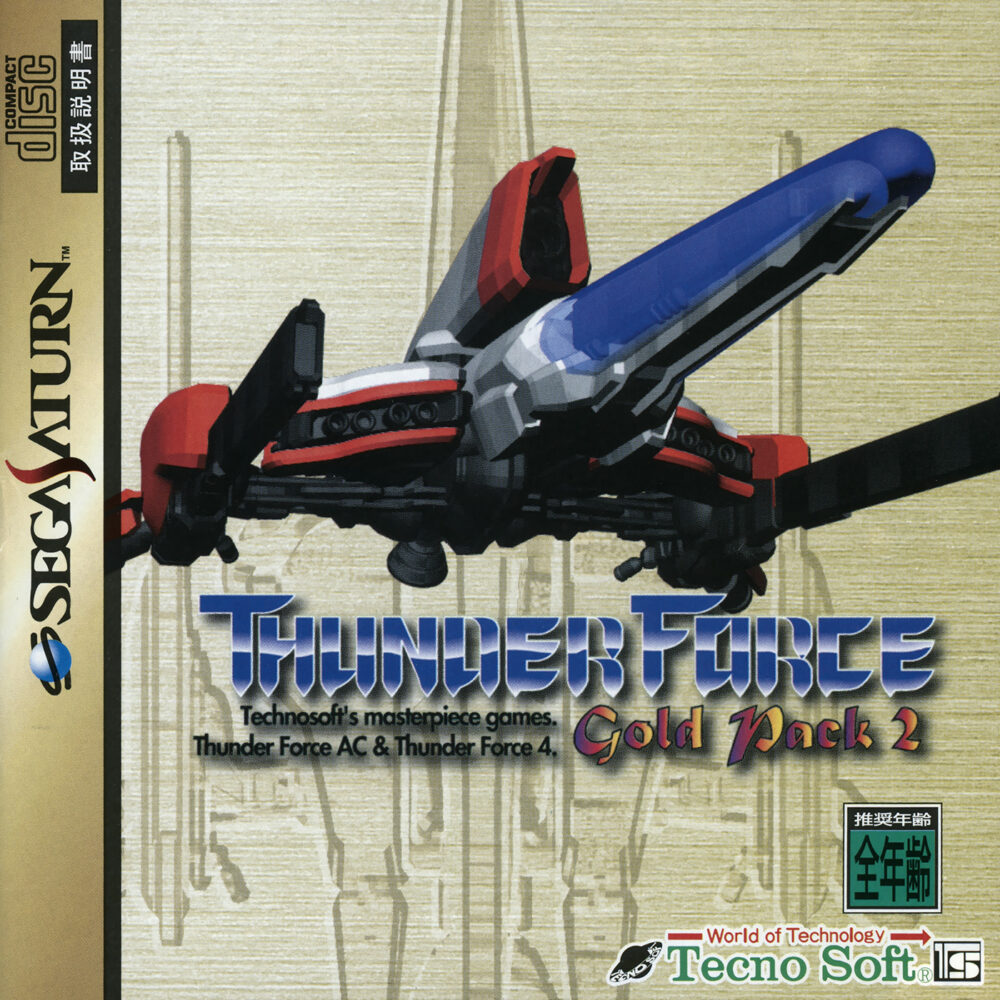
- Developer: Technosoft
- Release Year: 1996
Gone are the traditional stages. Instead, you’re hurtling through cybernetic tunnels, asteroid-ring racetracks, and mecha-infested speedways at breakneck velocity. You don’t just dodge bullets—you drift around them, split-second decisions ricocheting between survival and spectacular wipeout. The action is pulse-quick, the learning curve sharp, and the aesthetic? Pure retro-futurist gloss.
Why It's Worth Playing: If Thunder Force IV was Technosoft’s space-metal symphony, then Thunder Force GP2 is the experimental B-side drenched in chrome and audacity. It’s not for everyone. But for those who vibe with its synth-soaked speed runs and high-stakes showdowns, Thunder Force GP2 hits like a neural jack into the arcade underground.
Gekirindan
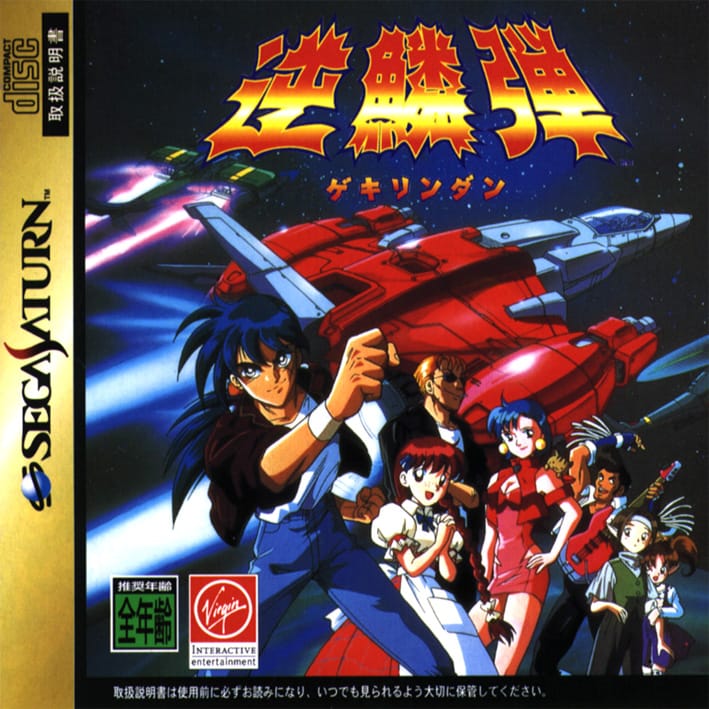
- Developer: Taito
- Release Year: 1997
Gekirindan is what happens when Toaplan possesses a time machine and decides to go absolutely ballistic. This rock-solid Saturn port launches you headfirst into a wild, dimension-hopping chase through the ages. The real hook, though, is its aesthetic mash-up. The time-travel narrative gives it license to throw wildly different enemy types and stage designs at you with every level. It keeps you guessing, and more importantly, keeps you grinning.
Why It's Worth Playing: With a blistering soundtrack, crisp visuals, and just the right amount of '90s arcade cheese, Gekirindan earns its spot as one of the Saturn’s most thrilling deep cuts. Don't blink—you might miss the timeline shift.
Blast Wind
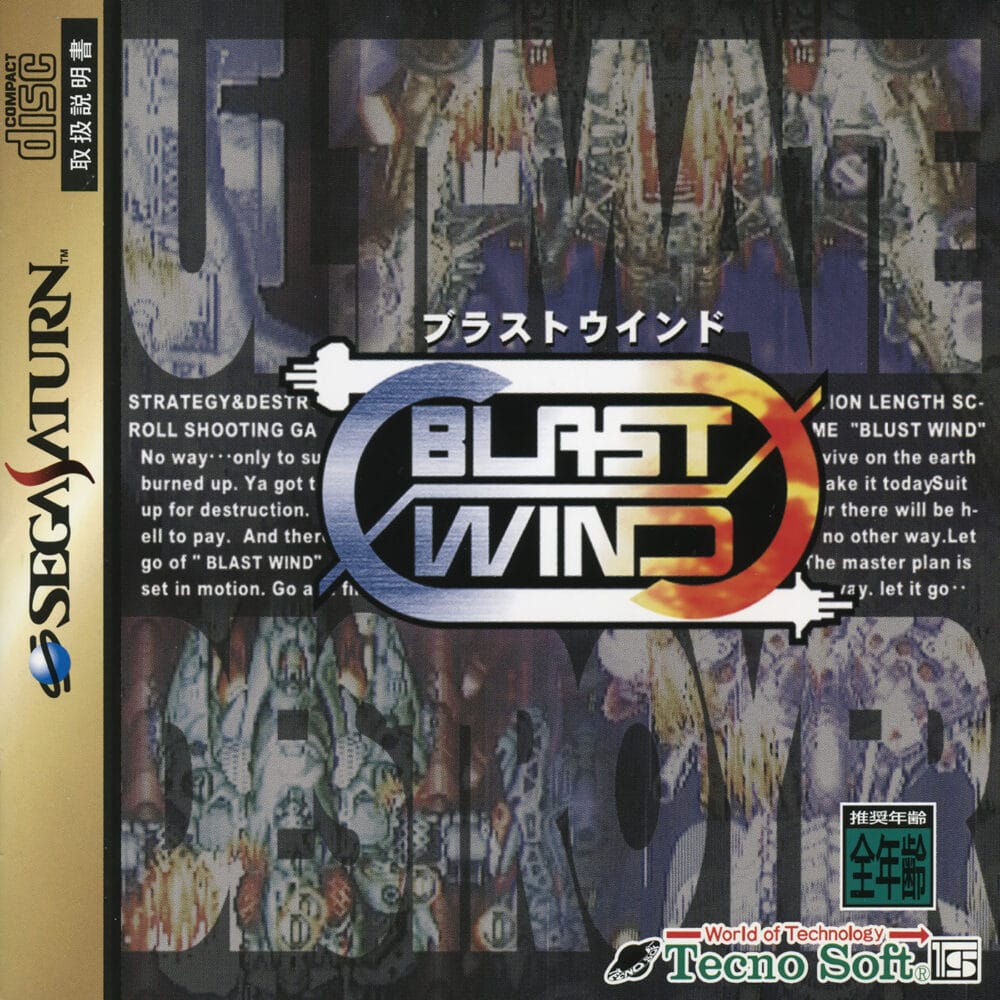
- Developer: Technosoft
- Release Year: 1997
Blast Wind roars out of the gate with Technosoft’s signature aggression: chunky weaponry, kinetic pacing, and a soundtrack that sounds like a Genesis sound chip possessed by a cyberpunk DJ. What sets it apart? The split-path mechanic. Each path changes not just the scenery but the enemy waves, boss fights, and even the pacing. It’s a clever way to bake replay value into a tight, adrenaline-laced package.
Why It's Worth Playing: Blast Wind might not get whispered in the same breath as Radiant Silvergun or Battle Garegga, but make no mistake—this isn’t just another side-scrolling pew-pew fest. It’s the kind of game that slipped under the radar in the late ’90s, only to be resurrected by collectors and diehards who knew that gold sometimes comes in obscure jewel cases.
Macross: Do You Remember Love?
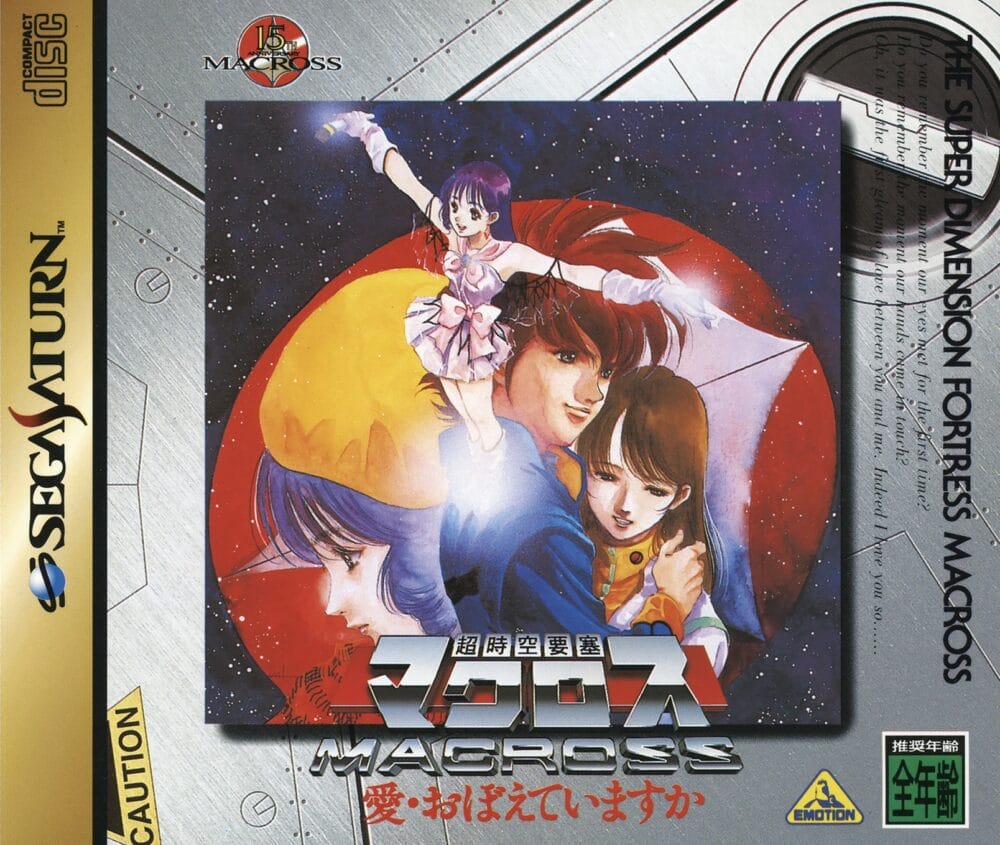
- Developer: Scarab
- Release Year: 1997
Macross: Do You Remember Love? braids story into shmup structure. Cutscenes are woven seamlessly between missions, recreating pivotal moments from the Macross movie with jaw-dropping fidelity. Mechanically, it holds its own. Enemies swarm in tight formations, boss fights channel the show’s sense of scale, and the soundtrack? An absolute emotional haymaker. This is a shmup with soul.
Why It's Worth Playing: Macross: Do You Remember Love? isn’t just a tie-in—it’s a full-throttle, high-drama tribute to one of the most beloved space sagas in sci-fi history. It's fan service, yes—but executed with such flair, reverence, and polish that it becomes something more: a playable spectacle.
Jikkyō Oshaberi Parodius
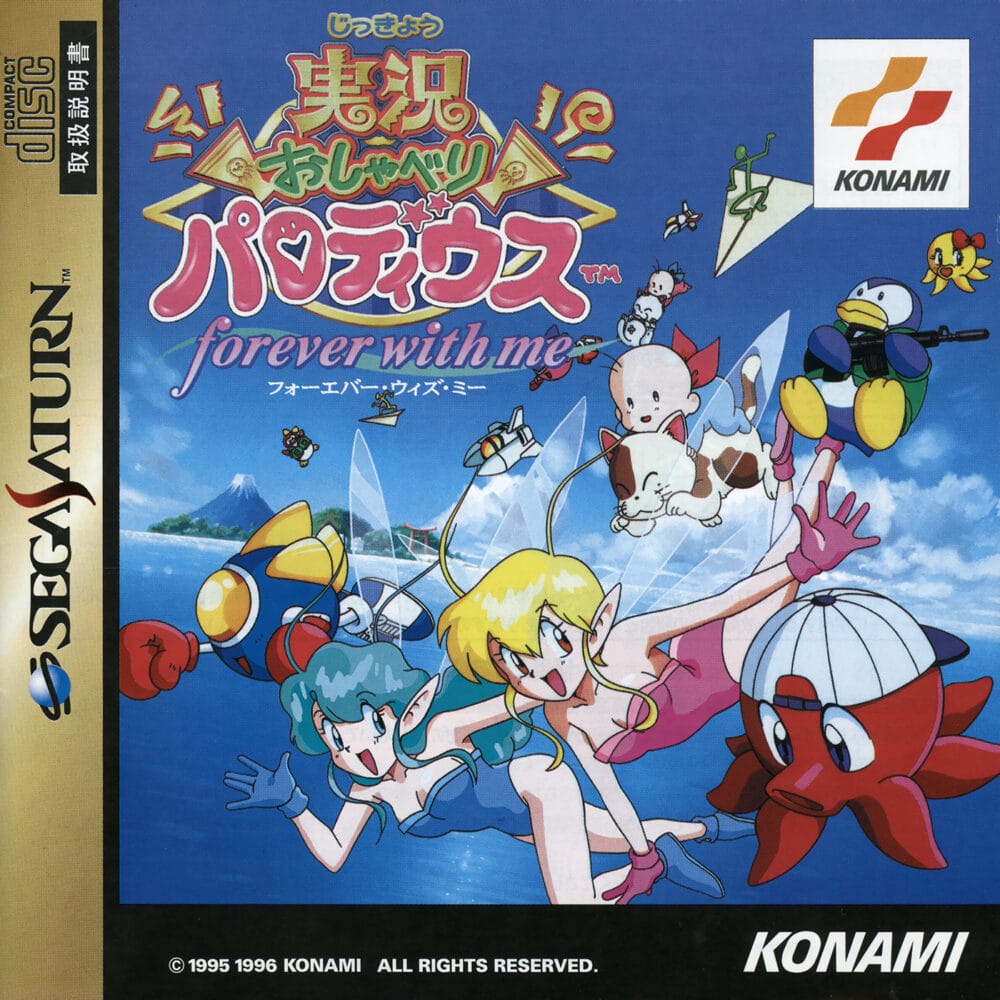
- Developer: Konami
- Release Year: 1996
Konami’s Parodius series has always been the goofball cousin of Gradius, but Jikkyō Oshaberi Parodius cranks the absurdity into overdrive. We’re talking flying octopi, disco penguins, luchador pigs, and bosses that include giant moai heads in tutus. But what makes this version pop is the real-time, rapid-fire commentary that reacts to your performance. It’s like a bullet-hell radio show where you’re the main event.
Why It's Worth Playing: It’s meta. It’s manic. It’s masterfully made. For those who like their shooters with a side of stand-up comedy and deep-cut Konami in-jokes, Jikkyō Oshaberi Parodius is an essential detour into delightful madness.
Game Tengoku: The Game Paradise!
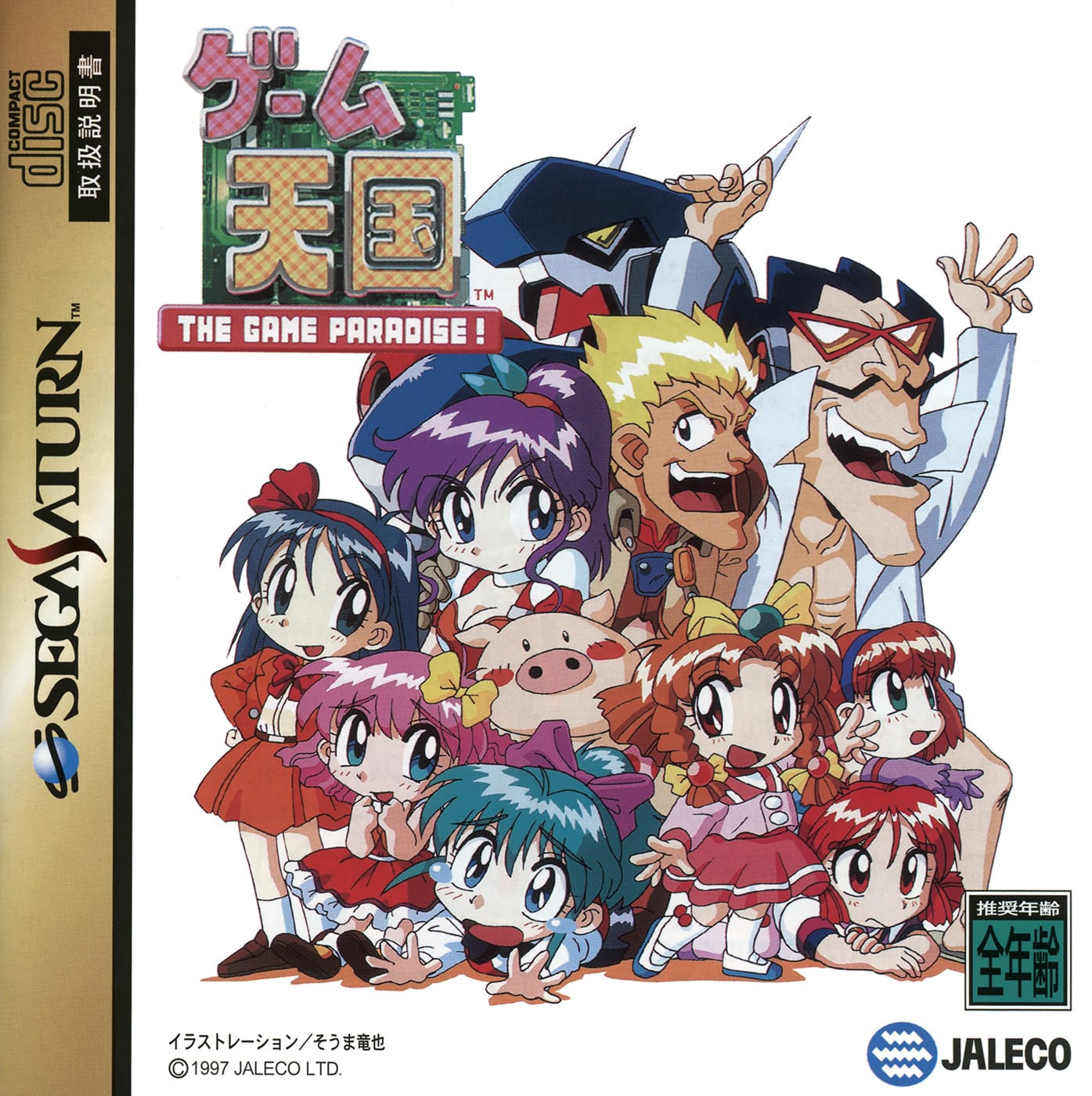
- Developer: Jaleco
- Release Year: 1997
The announcers yell, the colors explode, and the sprites dance like they’re auditioning for an anime opening. You’re not just piloting ships—you’re controlling mascots ripped straight from Jaleco’s own back catalog. From City Connection’s car leaping across lanes to pixelated sushi rolls flying at your face, Game Tengoku is pure arcade anarchy, wrapped in layers of nostalgia and deep-cut references.
Why It's Worth Playing: Some shoot-'em-ups want to thrill you. Others want to punish you. Game Tengoku? It wants to make you laugh, cheer, and question reality—while still dodging a barrage of pixel death. It’s essential Saturn chaos with a wink and a grin.
Conclusion
From the baroque bullet hells of DoDonPachi and Radiant Silvergun, to the psychedelic sci-fi of Darius Gaiden and Galactic Attack, the Saturn didn’t just host shmups—it elevated them to an art form. Many of these titles never left Japan, quietly becoming grail games for collectors and holy texts for genre purists. But behind the steep imports and exotic box art lies a catalog of experiences that are as essential today as they were in ’96.

